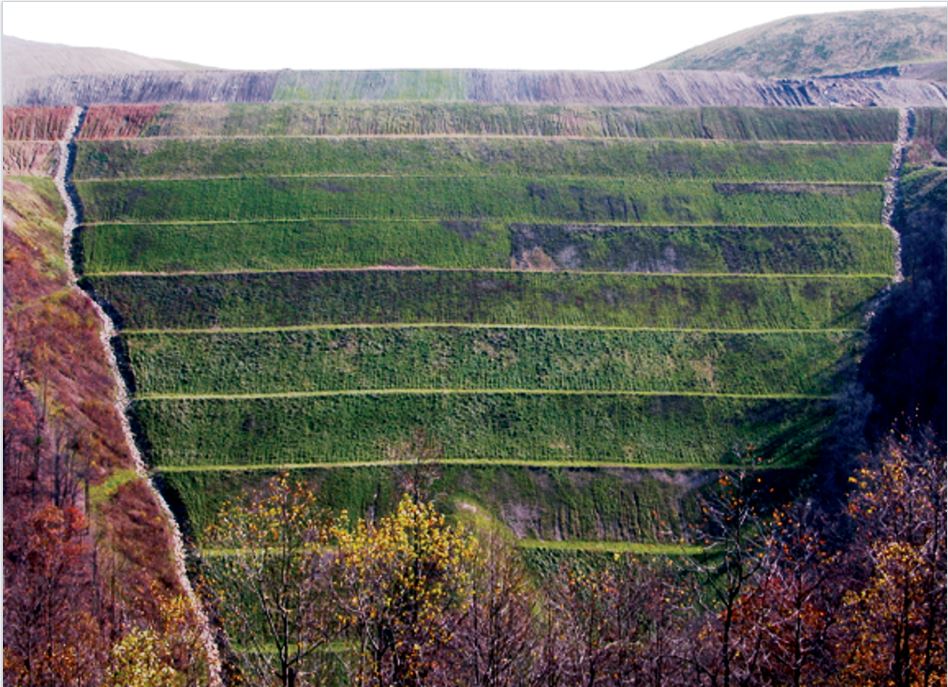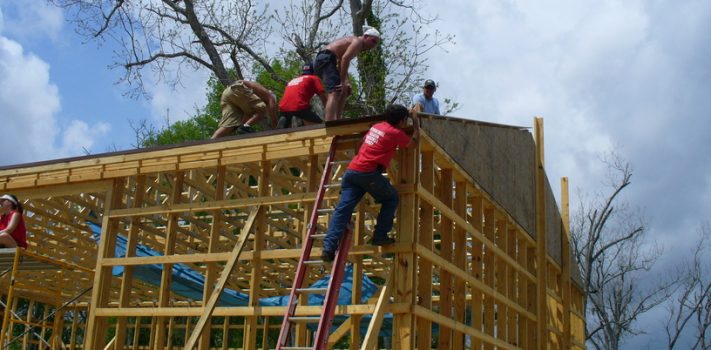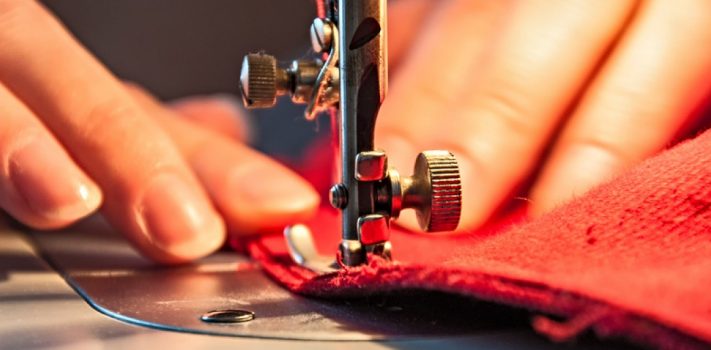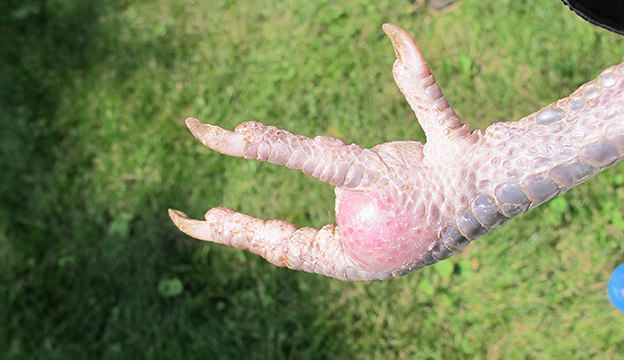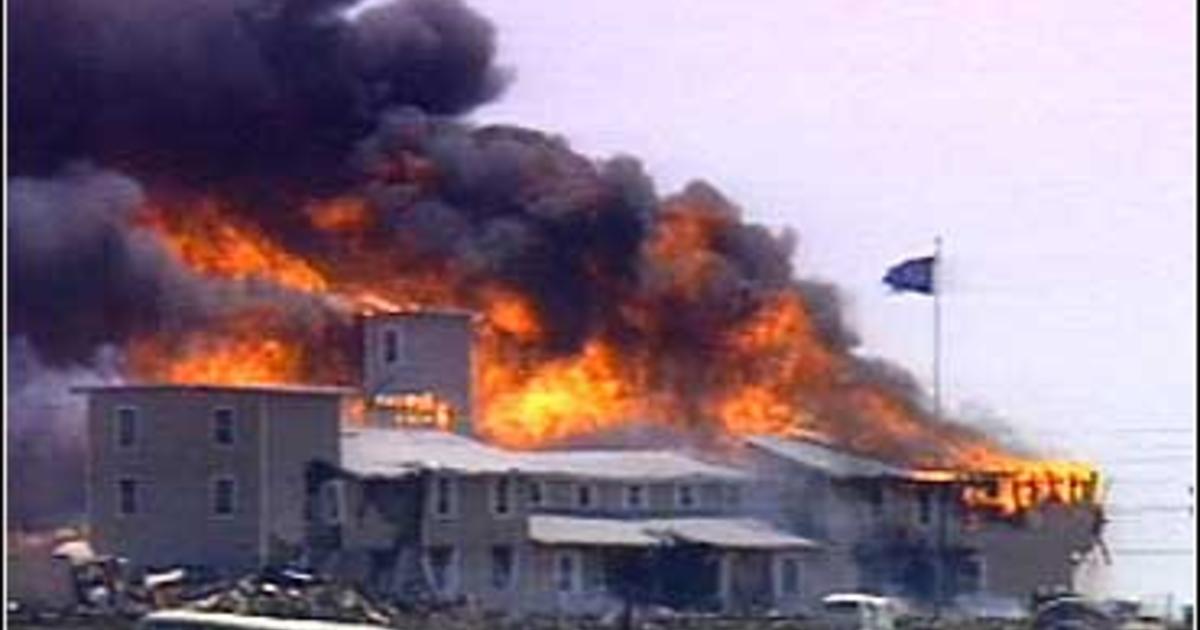Recycle and Redesign!
Fabric
With the cost of fabric today, few women continue to sew clothing. Sewing has become more of a craft hobby. With this cost in mind, it pays to look for other options for fabric. Yard sales, consignment shops, and thrift stores provide an additional source, either fabric pieces or larger size clothing in good condition. If you shop at a fabric store, make sure you look for sales and use coupons.
Repaired or Restyled Man’s Button Front Shirt
A man’s button front shirt can be recycled by adding a new collar and cuffs from similar or contrasting fabric, using the worn ones for the pattern. To re-cut a shirt with a smaller size pattern, take the larger shirt apart at the seams and cut pieces with the smaller pattern. It might be possible to utilize the shirt front placket with buttons and buttonholes without redoing them but additional buttonholes are usually required and the collar and cuffs would have an additional seam in the back.
Man’s Shirt Recycled Into A Girls or Ladies Skirt
A men’s large long-sleeved shirt (or two) can also become a girl’s or ladies’ skirt. Cut off the sleeves, and re-cut and piece them together for the waistband. Cut off the collar and rip the shirt open at the shoulders. Press the fabric. Consider utilizing the front buttons down the front of the skirt for your closure (or stitch it closed most of the way). Re-cut using your favorite skirt pattern. (Make sure to line up the “straight of grain” markings on the pattern with the grainline of the shirt; no cheating on this or your skirt won’t hang straight!) Add pockets, if desired, and then stitch the side seams. Add a waistband or add extra buttonholes and buttons as needed. Group them differently to add styling.
Continue reading“A Stitch in Time- Part 2, by a Florida Mom”


